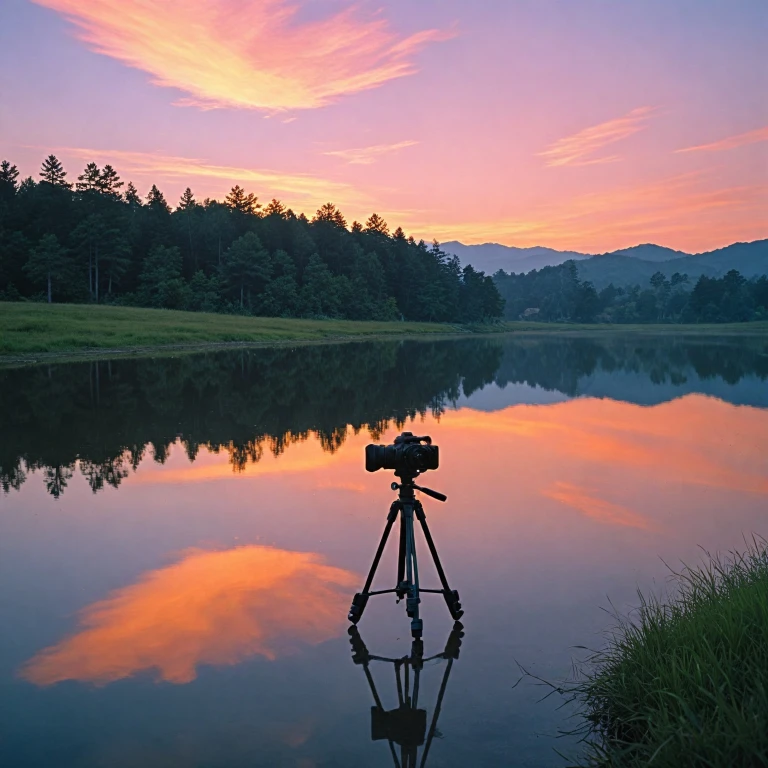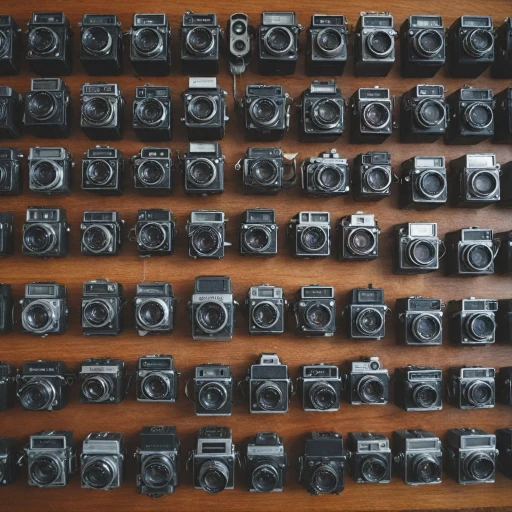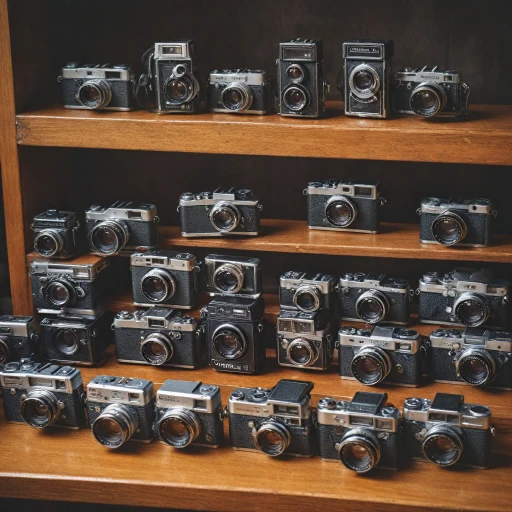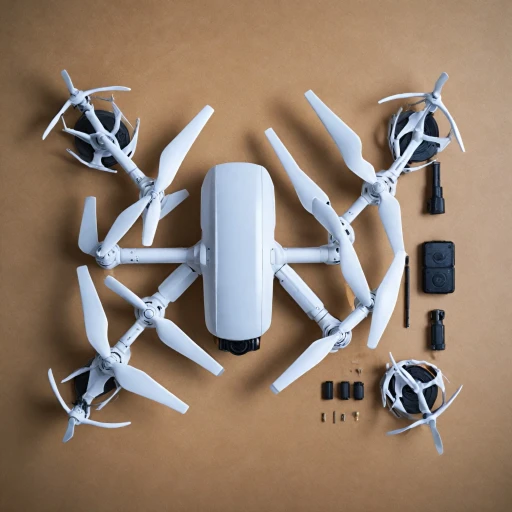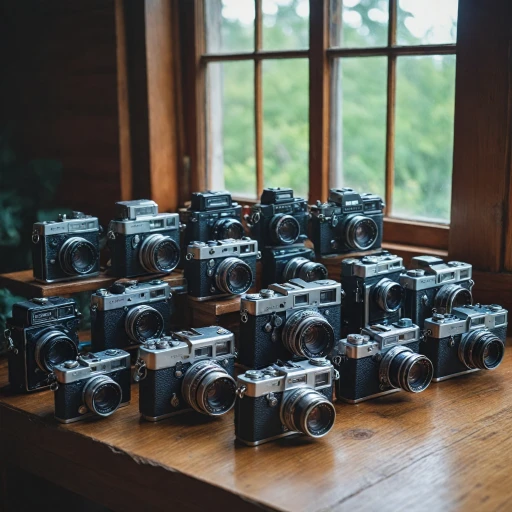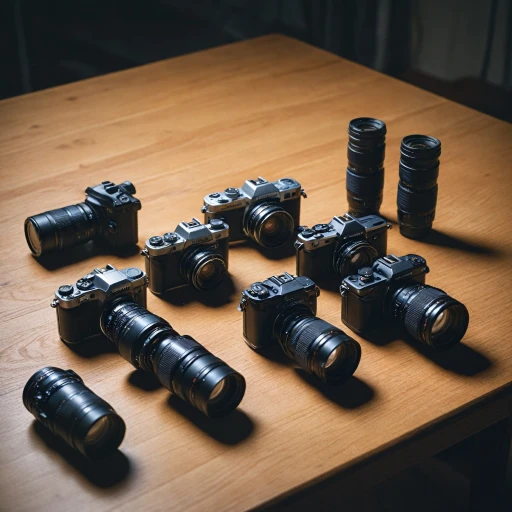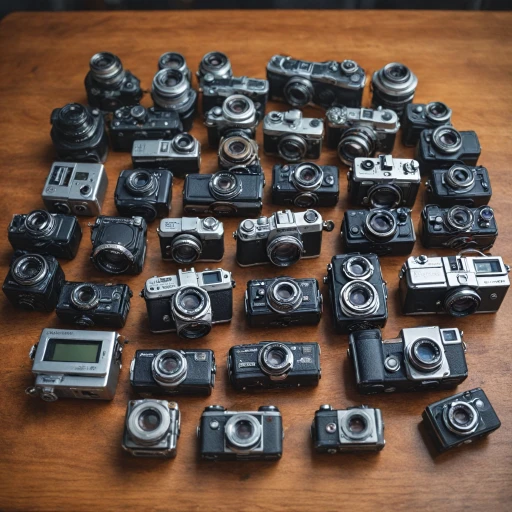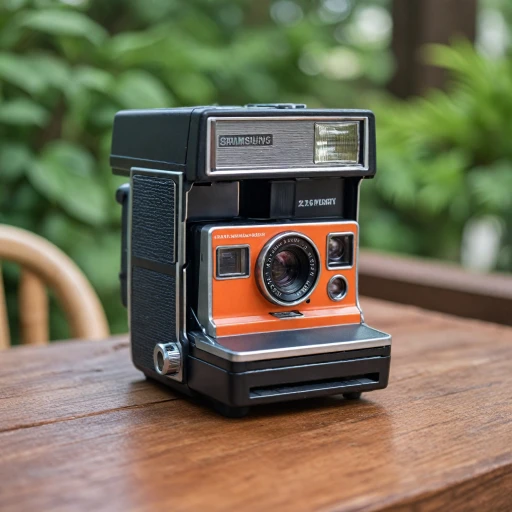
Understanding In-Body Image Stabilization (IBIS)
Grasping the Concept of In-Body Image Stabilization
In-body image stabilization (IBIS) is an advanced technology increasingly prevalent in modern cameras, offering photographers and videographers a compelling advantage. This system works by incorporating stabilization mechanisms directly into the camera's body, allowing for reduced motion and shake when capturing images or shooting videos. Unlike lens-based stabilization, which relies solely on the lens to stabilize images, IBIS ensures that the sensor within the camera compensates for movement, which can be particularly beneficial in challenging shooting scenarios.
The integration of IBIS means that both older and newer lenses can benefit from stabilization, as it's the camera body doing the heavy lifting. For full-frame sensor cameras, this can result in clearer images even at slower shutter speeds or in low-light environments. Brands such as Canon, Nikon, and Sony have embraced this technology extensively, embedding it into both their DSLR and mirrorless camera models. For instance, the Canon EOS R5 and Nikon Z series have equipped their cameras with IBIS to enhance performance.
Utilizing a camera with IBIS also improves video resolution by minimizing unwanted movements, which is a crucial factor for videographers seeking smooth, professional-quality footage. As this technology continues to evolve, new features are regularly updated to maximize image stabilization effectiveness. Pair this with a selection of compatible lenses, and you're set for shooting diverse scenes, from fast-paced action to serene landscapes.
To efficiently carry around your mirrorless camera that boasts IBIS, choosing the right camera bag is essential to protect your gear and ease transportation. You can explore this guide on selecting the perfect bag for additional insights.
Advantages of Cameras with IBIS
Why In-Body Image Stabilization is a Game Changer
In-body image stabilization (IBIS) has become a pivotal feature in modern cameras, offering photographers and videographers a range of benefits that enhance the overall shooting experience. This technology, integrated directly into the camera body, provides stabilization by compensating for camera shake, which is particularly beneficial when shooting handheld or in low-light conditions.
Enhanced Image Quality
One of the most significant advantages of cameras with IBIS is the improvement in image quality. By stabilizing the sensor, these cameras can produce sharper images even at slower shutter speeds. This is especially useful for capturing detailed shots in challenging lighting without the need for a tripod. Whether you're using a Canon EOS or a Nikon with IBIS, the stabilization system ensures that your images remain crisp and clear.
Versatility Across Lenses
Unlike lens-based stabilization, IBIS works with any lens attached to the camera. This means that photographers can enjoy the benefits of stabilization with their entire lens collection, from wide-angle to telephoto. This versatility is a major advantage for those who frequently switch lenses during a shoot.
Improved Video Performance
For videographers, IBIS offers smoother video footage by reducing the effects of camera shake. This is particularly beneficial for handheld shooting, where stabilization is crucial for maintaining professional-quality video resolution. Cameras like the Sony mirrorless series with IBIS provide excellent stabilization, making them a popular choice for video creators.
Lightweight and Compact Design
In-body stabilization allows for a more compact and lightweight camera design, as the stabilization mechanism is housed within the camera body rather than the lens. This is advantageous for photographers who prioritize portability, such as those using a full-frame mirrorless camera for travel photography. For more insights on travel-friendly cameras, you might find this article helpful.
Consistent Performance Across Brands
Major brands like Canon, Nikon, and Sony have embraced IBIS technology, integrating it into their flagship models. The Canon EOS Mark series, for instance, offers advanced stabilization features that cater to both amateur and professional photographers. With IBIS, users can expect consistent performance across different camera models and brands, ensuring reliable image stabilization regardless of the shooting scenario.
Comparing IBIS with Lens-Based Stabilization
Comparing In-Body and Lens-Based Stabilization Systems
When it comes to capturing sharp images and smooth video, both in-body image stabilization (IBIS) and lens-based stabilization systems have their unique advantages. Understanding the differences between these two systems can help photographers and videographers make informed decisions about their equipment.
IBIS, as discussed earlier, is integrated directly into the camera body, allowing for stabilization across all compatible lenses. This system is particularly beneficial for those using a variety of lenses, including older or third-party options that may not have built-in stabilization. Cameras like the Canon EOS and Nikon mirrorless models often feature IBIS, providing versatility and ease of use.
On the other hand, lens-based stabilization is incorporated into the lens itself. This system is often found in Canon and Nikon DSLR lenses, offering stabilization that is specifically tailored to the lens's focal length and characteristics. Lens-based stabilization can be advantageous for telephoto lenses, where the stabilization system is optimized for the specific optical design.
- Compatibility: IBIS works with any lens attached to the camera, whereas lens-based stabilization is limited to lenses with built-in stabilization.
- Flexibility: With IBIS, photographers can enjoy stabilization benefits across their entire lens collection, including vintage and third-party lenses.
- Optimization: Lens-based stabilization is often optimized for specific lenses, potentially offering superior performance for certain focal lengths.
- Weight and Balance: Cameras with IBIS may have a slight weight advantage, as the stabilization system is within the body, rather than adding weight to each lens.
Ultimately, the choice between IBIS and lens-based stabilization depends on individual shooting needs and preferences. For those who frequently switch lenses or use a diverse range of optics, IBIS offers a compelling advantage. Meanwhile, photographers who rely on specific lenses for their work may find lens-based stabilization to be more effective.
Top Cameras Featuring IBIS
Leading Cameras Equipped with In-Body Image Stabilization
For those seeking enhanced stability and sharper images during shooting, cameras with In-Body Image Stabilization (IBIS) offer a significant advantage. Several manufacturers have integrated this technology into their mirrorless and DSLR models, providing photographers with an effective way to achieve better image results.- Canon EOS R5: This full-frame mirrorless camera features 8-stop image stabilization, offering exceptional compensation for hand-held shooting. Its enhanced IBIS system works harmoniously with its lens-based stabilization, providing remarkable stability during both video and photo sessions.
- Nikon Z7 II: With IBIS technology, the Nikon Z7 II offers up to 5-axis stabilization, making it a reliable option for capturing crisp images even in low light conditions. The large sensor combined with advanced image processing ensures high-resolution results.
- Sony A7 IV: Another standout in the market, this full-frame option boasts 5.5 stops of image stabilization. The Sony A7 IV’s sensor stabilization harmonizes perfectly with compatible lenses, offering excellent video resolution and reducing motion blur.
- EOS Canon 90D: A popular choice among enthusiasts, this model features in-body stabilization that pairs seamlessly with its viewfinder inch dot technology, providing flexibility and improved accuracy for all types of photography.
Tips for Maximizing IBIS Performance
Optimizing Your Shooting Techniques
To get the most out of your camera's in-body image stabilization (IBIS), it's crucial to refine your shooting techniques. Start by ensuring a stable stance when capturing images or video. This minimizes unnecessary movement, allowing the IBIS system to perform optimally. Additionally, practice controlling your breathing and gently pressing the shutter button to reduce camera shake.
Leveraging Camera Settings
Modern cameras, such as those from Canon, Nikon, and Sony, offer various settings to enhance IBIS performance. Adjusting the shutter speed can significantly impact the stabilization effect. For instance, slower shutter speeds benefit more from IBIS, especially in low-light conditions. Experiment with different settings to find the sweet spot for your shooting style.
Understanding the Role of Lenses
While IBIS is a powerful feature, pairing it with the right lens can further enhance image stabilization. Some lenses come with built-in stabilization, which can work in tandem with IBIS for even better results. When using a Canon EOS or Nikon camera, consider lenses that complement the body image stabilization system for superior image quality.
Maintaining Your Equipment
Regular maintenance of your camera and lenses is essential for optimal IBIS performance. Dust or debris on the sensor or lens can affect the stabilization system. Ensure your equipment is clean and well-maintained to prevent any interference with the IBIS functionality.
Experimenting with Different Modes
Many cameras with IBIS, like the Sony mirrorless series, offer various shooting modes that can be advantageous. Try using the viewfinder instead of the LCD screen for a more stable grip. Additionally, explore different video resolution settings to see how they interact with the stabilization system, especially when shooting in full frame mode.
